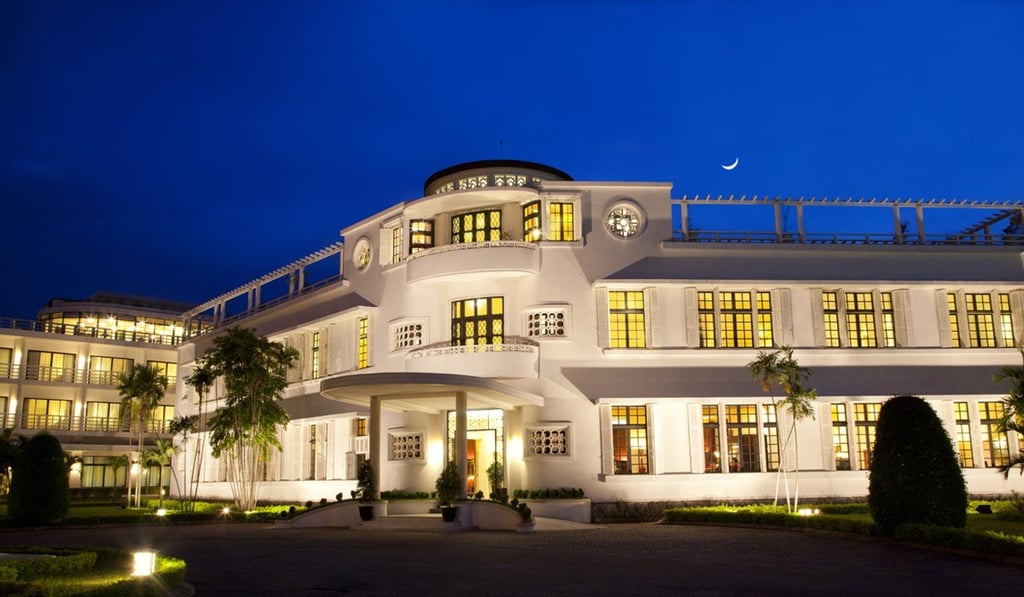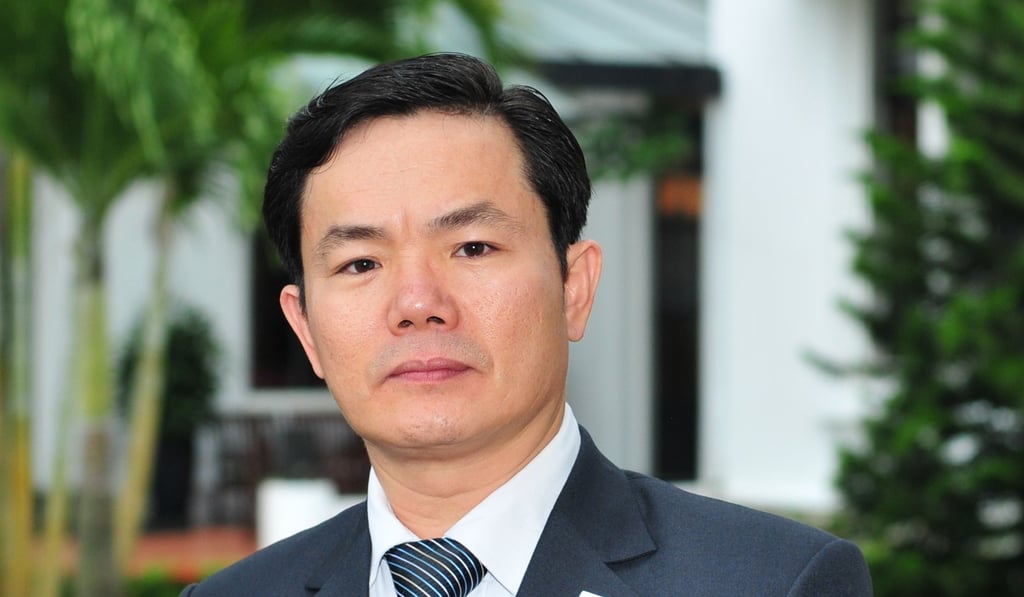Vietnam’s emerging destinations draw the world to nation’s culture, beauty and heritage

Hue and Phu Quoc Island reveal fascinating facets of the real Vietnam to increasing numbers of international tourists
Some of Vietnam’s emerging destinations, such as Hue and Phu Quoc Island, offer guests unique insights into the country.
Hue hosts around 2.2 million visitors per year and remains an ideal destination to combine cultural exploration with exceptional beaches, according to Phan Trong Minh, general manager of La Residence Hotel and Spa – Hue, Vietnam. The city is popular with international travellers, notching more than one-third of the area’s total tourism. In higher-end hotels, such as La Residence, the numbers are higher. “Foreign guests occupy over 90 per cent of our total,” Minh says.


If you were to visit Hue and just one pagoda in all Vietnam, Thien Mu would be it
Other popular itineraries include a tour of the Perfume River, which bisects the city’s imperial assets on the north bank and European-inspired assets on the south bank, Minh adds, and the city’s myriad signature dishes are an essential part of the local experience.
The largest island in the country, Phu Quoc, in southern Vietnam, is also increasingly popular with foreign travellers, especially with the introduction of more domestic connections from Ho Chi Minh City and Hanoi, and international flights from Guangzhou and Bangkok, says Sandra Nguyen Si, director of business development at Salinda Resort Phu Quoc Island.

Nguyen Si highly recommends a visit to the National Forest in the north, which is under Unesco protection, or snorkelling around smaller islets in the south. Relaxing on the beach is a top draw, but she also suggests that guests explore the local lifestyle by visiting traditional fish-sauce factories, pepper plantations, natural pearl farms, Buddhist temples, fishing villages and vibrant markets.